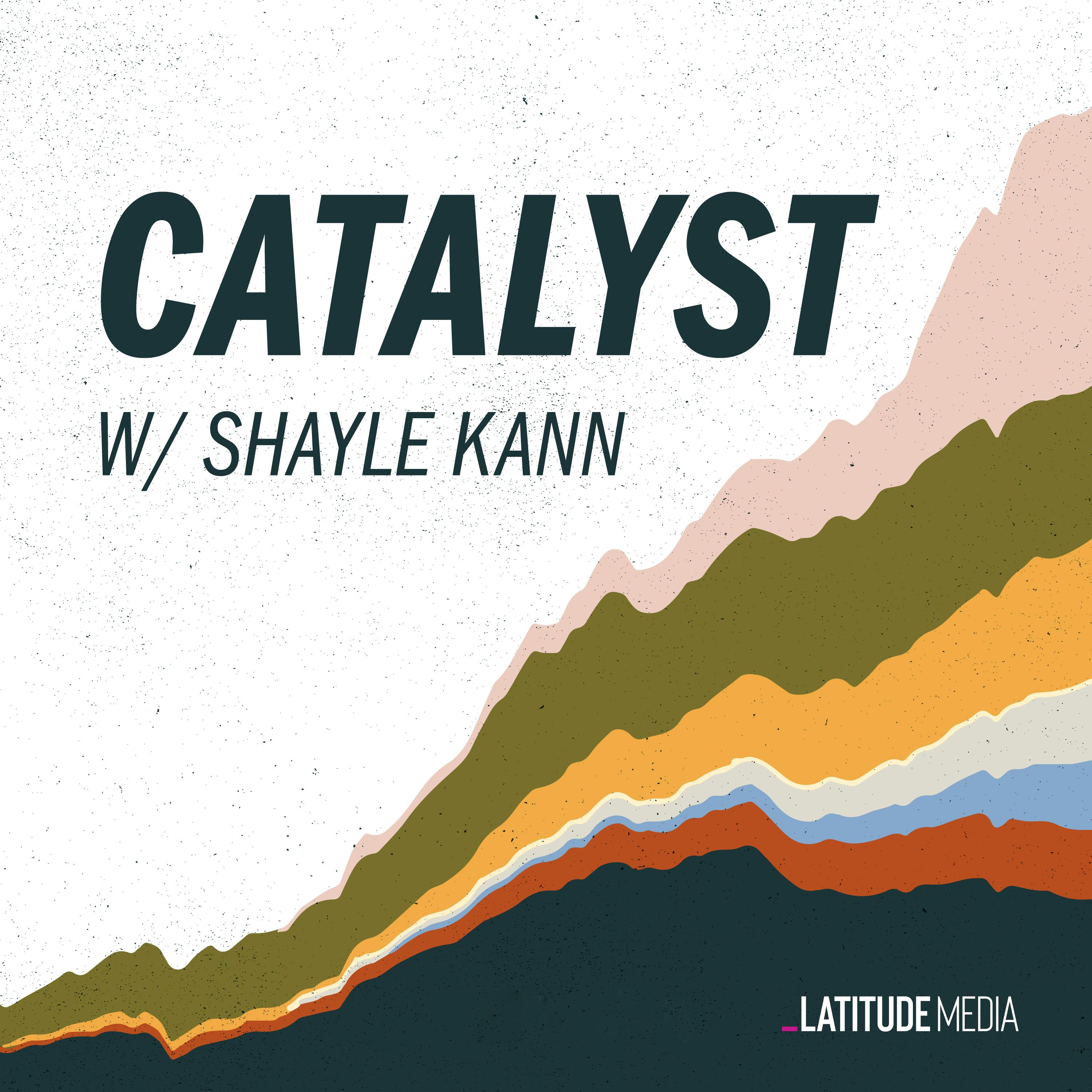Getting heat pumps right
Description
Oh, the heat pump — a climate tech darling that still hasn’t hit the big time yet. One challenge for heat pumps is that the customer experience can be difficult, involving a complex installation process, poor installation jobs, and even technicians that don’t want to sell you one.
What’s it going to take to get heat pumps right?
In this episode, Shayle talks to Paul Lambert, founder and CEO of the heat-pump company Quilt. They talk through the nuts and bolts of the customer experience and how to improve it. (Shayle and Energy Impact Partners invest in Quilt). They cover topics like:
Why many technicians are ambivalent or resistant to selling heat pumps
The cost stack for heat pumps, including the surprising cost of materials
The complex labor involved that ratchets up the total price of installation
Lessons from other industries, such as solar and auto
Whether users actually save money on heat pump installations
The challenges of vertical integration of the value chain
Recommended resources
Latitude Media: We have more data on the energy benefits of heat pumps — and they’re big
Catalyst: Ramping up the pace of home electrification
Catalyst: Unleashing the magic of heat pumps
Catalyst is brought to you by EnergyHub. EnergyHub is working with more than 70 utilities across North America to help scale VPP programs to manage load growth, maximize the value of renewables, and deliver flexibility at every level of the grid. To learn more about their Edge DERMS platform and services, go to energyhub.com.=
On December 3 in Washington, DC, Latitude Media is bringing together a range of experts for Transition-AI 2024, a one-day, in-person event addressing both sides of the AI-energy nexus: the challenges AI poses to the grid, and the opportunities. Our podcast listeners get a 10% discount on this year’s conference using the code LMPODS10. Register today here!
More Episodes
Shayle and his team at Energy Impact Partners (EIP) review a lot of climate-tech pitches. The best kind of pitch uses a solid techno-economic analysis (TEA) to model how a technology would compete in the real world. In a previous episode, we covered some of the ways startups get TEAs wrong — bad...
Published 11/21/24
Published 11/14/24
The bad news: The refrigerants we use in air conditioners, fridges, and vehicles absorb hundreds to thousands of times more heat than carbon dioxide does. The good news: We’re in the middle of a global effort to replace them with lower impact alternatives.
Will we replace them fast enough to hit...
Published 11/07/24


